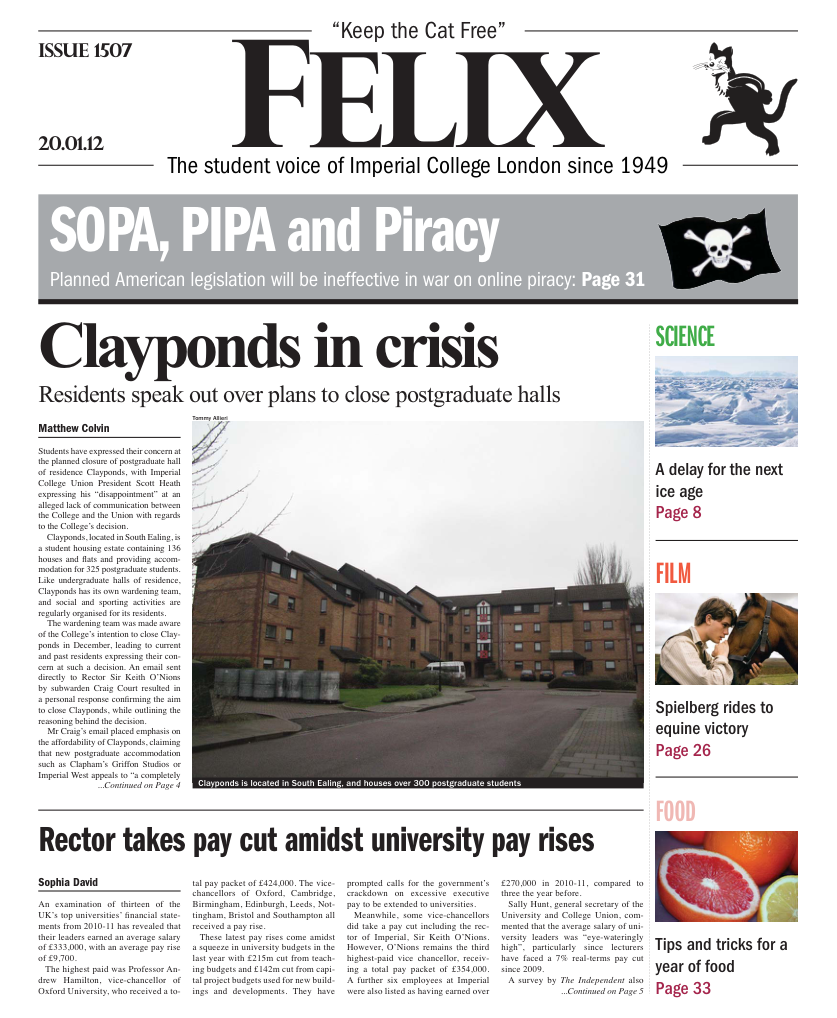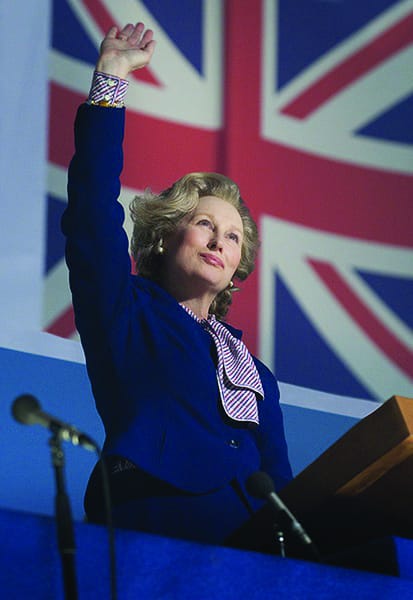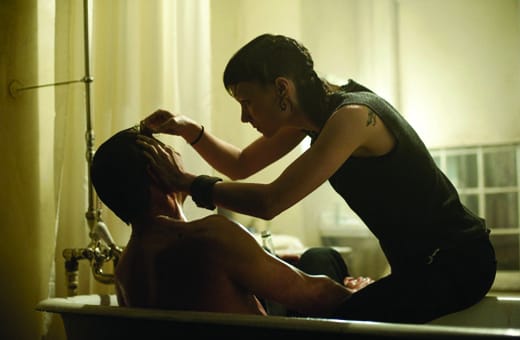Her Madgesty takes on the royal family
Madonna has made a film, and it is called W.E.
Director Madonna Screenwriters Madonna, Alek Keshishian Cast Abbie Cornish, Andrea Riseborough, James D’Arcy, Oscar Isaac
Madonna doesn’t exactly have a great track record when it comes to the film industry. Both her acting and directorial debuts were widely panned, and subsequent attempts to make a name for herself have not quite worked out. W.E. is her second behind-the-camera effort, and whilst it would be wrong to completely ignore her passion project, W.E. is unlikely to do wonders for her film career.
The film follows two parallel stories in two different time periods. One is of Wallis Simpson (Riseborough) and her blossoming romance with King Edward VIII (D’Arcy), who later abdicates his throne because his government could not allow a twice-divorced American as the wife of its monarch. Obsessed with this “fairy-tale” love story is Wally Winthrop (Cornish), an unhappily married woman living in modern day New York. Visiting the same “Wallis-Edward” exhibition over and over again, she soaks herself in the atmosphere of their true love and escapes her own miserable life by picturing the life of Wallis and Edward. To Wally, the couple shared the perfect romance – and this belief stems from her knowledge that he gave up so much for one woman. “What must it feel like to be loved that much?” She wonders.
As the two separate strands intersect, Madonna pays no attention to the characters but is more interested in putting together similar looking objects and events in the two timelines, whilst rushing past so many scenes. She seems to be in a hurry to tell us something – so imagine everyone’s disappointment when it is revealed that she does not in fact have much to tell. Random time-stamps on the bottom of the screen try to establish some sort of linear sequence, but when each scene is so annoyingly brief, the audience cannot fully grasp what is going on.
Her tendency to move fast does have one advantage though. It means that we see less of that awful plot of Wally. It’s a combination of Cornish’s plain boring performance and repetitive narrative that produces something so infuriatingly tacky. There is a fine line between acting depressed, and simply looking dull. For Cornish, it’s unfortunately the latter. It gets worse when Wally starts “seeing” Wallis and it’s embarrassing when the spirit of Wallis guides Wally as some sort of guardian angel. It’s not moving, nor is it emotional – instead it’s creepy, and makes Wally look like a lunatic. The existence of her alcoholic, abusive husband means Wally needs a love interest, which she does get (Isaac), although this also is cooked up in such a clumsy way between the two actors who are allowed to share virtually no chemistry, since the script doesn’t give them any room to develop.
When it comes to the English romance, D’Arcy struggles to connect with the character of Wallis, let alone with himself, as his flat performance does little to convince of their “Romance of the Century”. Only Riseborough is able to make something out of the clunky, wit-free, romance-free script that Madonna also co-wrote. The rising English star is confident and sassy, and grasps the many changes and aspects of her complex role well, as she acts as the only person holding the film together.
In a recent interview, Madonna was oddly proud that she gave many invasive, nostalgic shots with her narrower lenses (16mm and Super 8mm cameras). Yes, the grainy close-ups that 8mm cameras generate do give off a warm, sentimental ambiance, but only when used appropriately. What Madonna cannot resist doing is use it every few seconds. With a massive lack of focus and far too many narrative breaks, it’s ugly and chaotic, with headache-inducing camera-work adding hardly any positive qualities to the overall product. Who knew a romantic drama could cause so much discomfort to the eyes?
Good news then, that Madonna nabbed many of the industry’s great technical geniuses to make the more obvious aspects look and sound amazing. The costumes, provided by Arianne Phillips, are simply divine. Wallis goes through as many as 83 costume changes, and the variety of wardrobe Riseborough is given is an impressive collection. Abel Korzeniowski’s score is a grand, sweeping piece of work that inputs dramatic grandeur to a film struggling to hold your attention. But again, Madonna doesn’t know how to show restraint, and decides to include the music in full force whenever it is used. It over-rides the dialogue, and just as you thought the music could not get any more bombastic, Madonna finds a way and makes it excruciating for the ears.
_W.E. _had some great start-up material, Madonna was armed with pretty costumes, triumphant soundtrack and let’s not forget the camera lenses. But she threw them all away to make a superficial, shallow period film, because of her inability to show an ounce of restraint.









